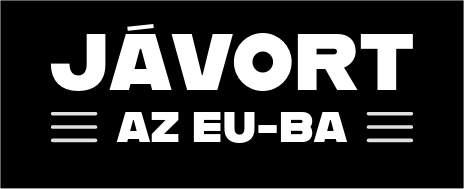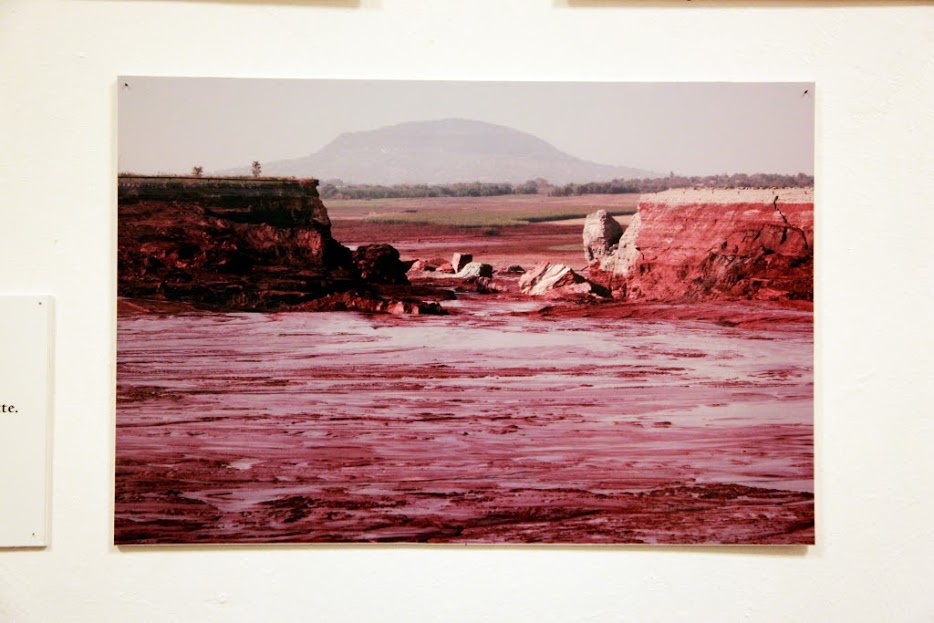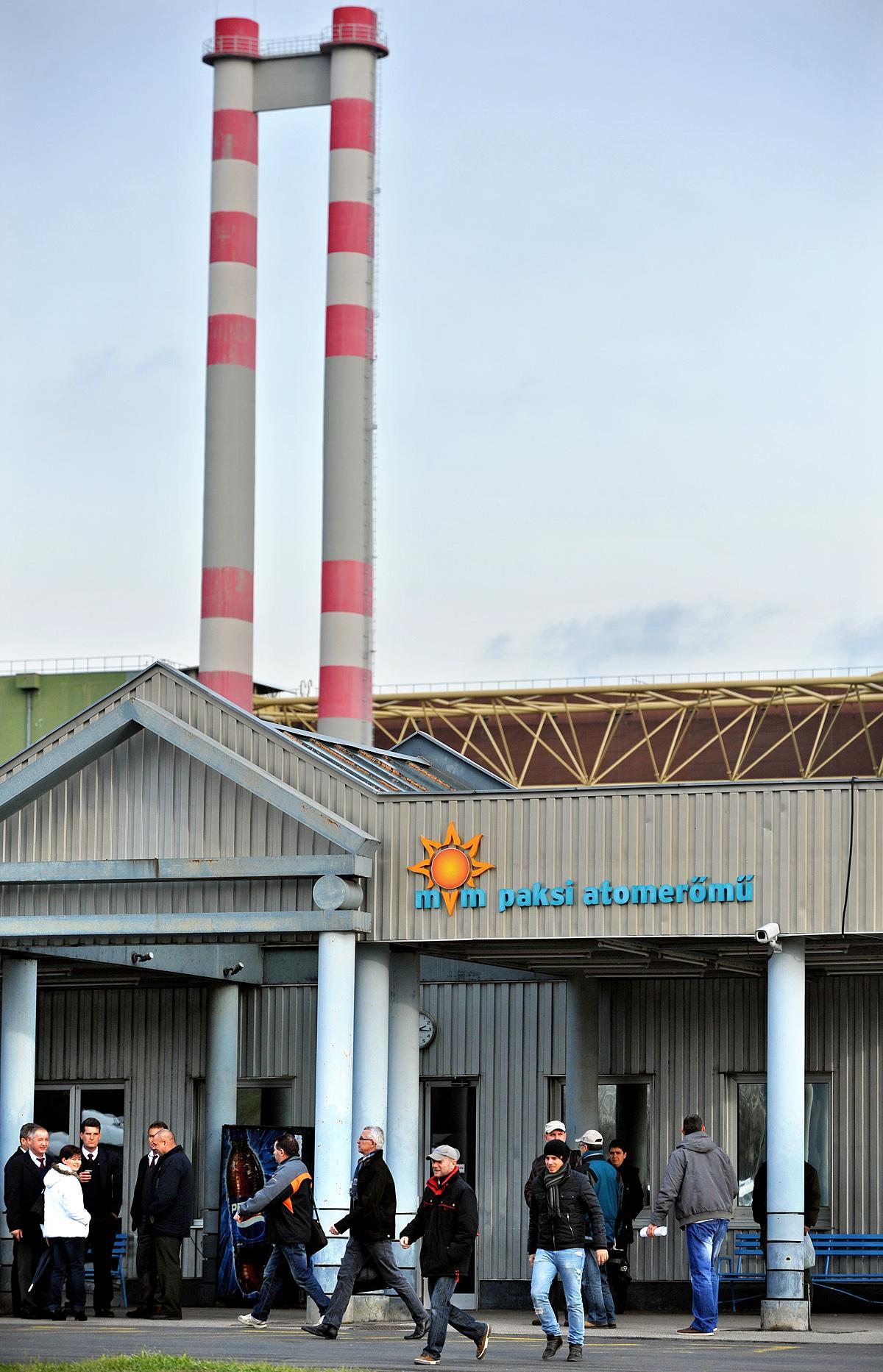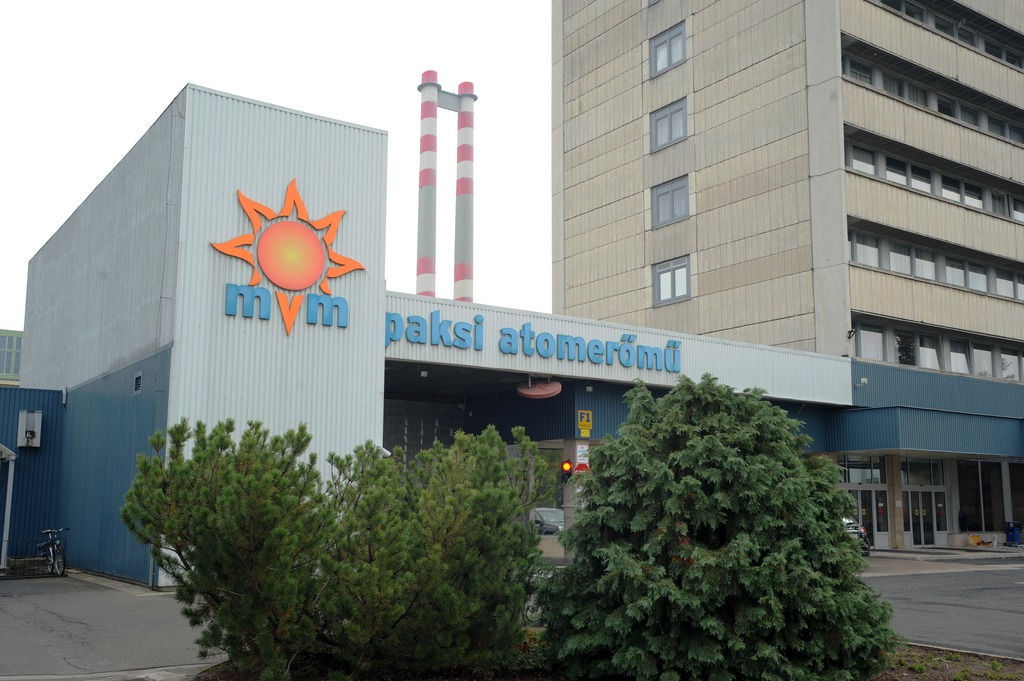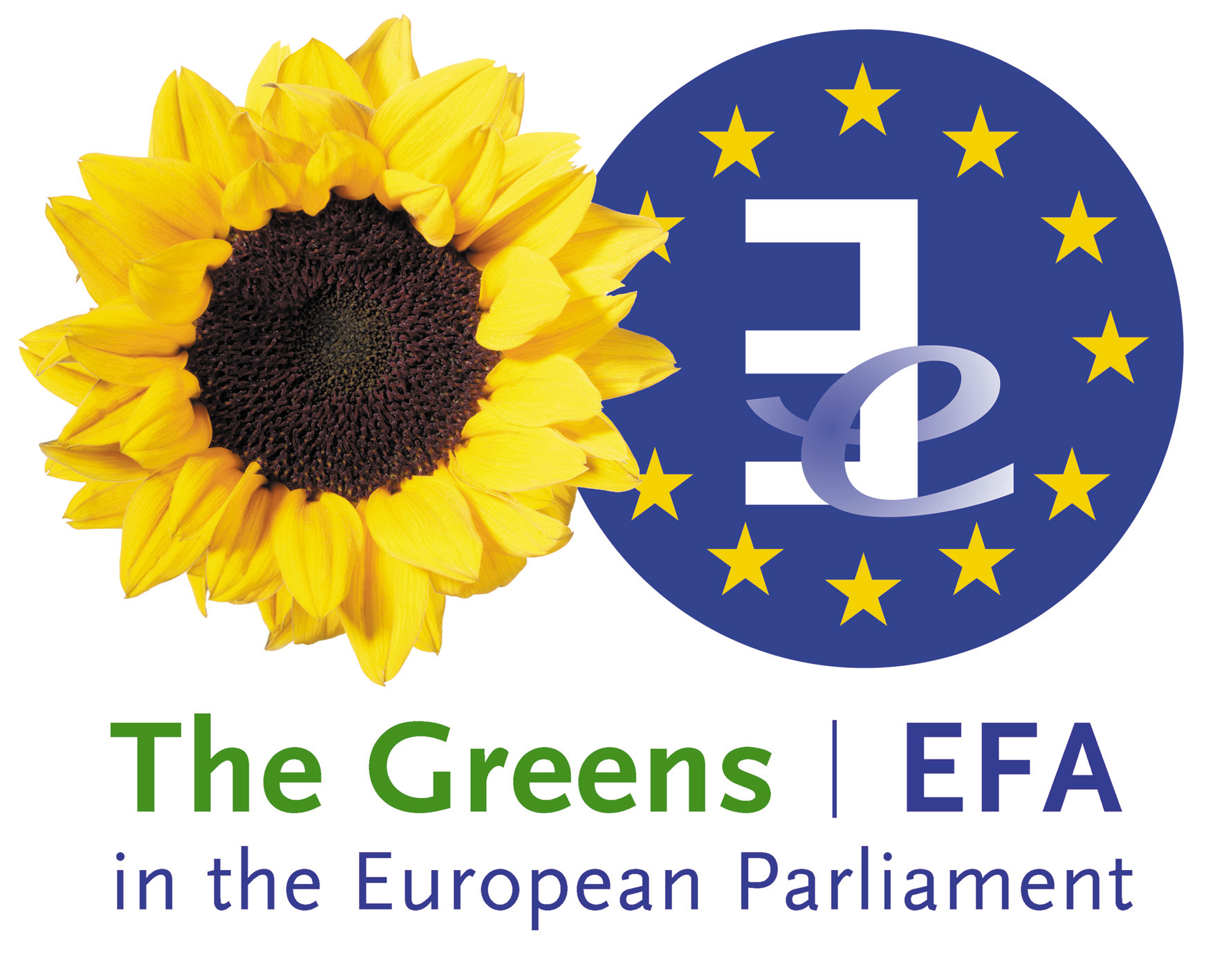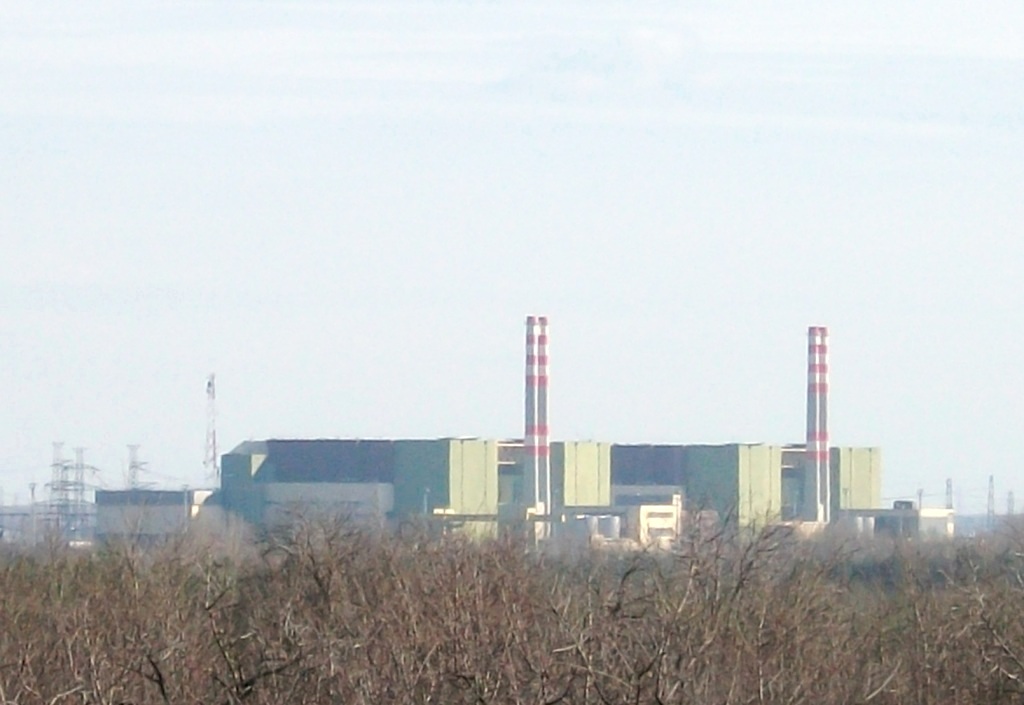By June 2015, the scandals that had shaken Hungary’s governing party a few months earlier had mostly faded away. Behind the scenes, though, another story began to emerge that might cause long-term problems for the party’s highest circles.
It was becoming clear then that the European Union is seriously interested in the controversial businesses of Istvan Tiborcz, the son-in-law of Viktor Orban, Hungary’s prime minister.
In the first weeks of the summer, investigators of Olaf, the EU’s antifraud office, visited Budapest and made inquiries about the state contracts which had been awarded under suspicious circumstances to energy company Elios Innovativ, then co-owned by Tiborcz. Around the same time, another EU body also started to look into the matter.
In June, the European Commission’s Directorate General for Regional Policies launched an audit of Elios’ projects that were financed almost fully from EU funds. The audit’s goal is not only to find out what happened but also to impose sanctions for any potential abuse of EU money. The sanctions include the possibility that Hungary will lose some of the EU subsidies it is entitled to. The contracts are being investigated by the Hungarian police as well.
The EU’s interest means, however, that the case involving a member of the Orban family is being examined from different angles and by organisations that are entirely independent of the Hungarian government. While Tiborcz sold his shares in Elios Innovativ in the spring of 2015, the events being investigated by the Hungarian and European authorities occurred mostly when he was still a co-owner of the company.
Elios had won a series of state tenders in most cases without facing any competition. It was the execution of these tenders that first came under suspicion, but the investigations are also looking into how Elios carried out the projects, including the inexplicably high prices it charged for some of its products.
Olaf confirmed months ago that it was conducting an investigation. Hardly anything, though, has been discovered about the procedure so far. The European Commission’s audit has not been reported until now. Although the Hungarian government and the authorities are aware of some aspects of these investigations, they declined to give any official information. Direkt36, a Hungarian website, however, learned new details of both EU inquiries from sources familiar with them.
Brussels reads the news
In Hungary, Elios Innovativ first attracted attention back in 2011 (the company was then called E-OS Innovativ) by winning state contracts as a politically connected company. The scrutiny has intensified since 2014, when the company started to win tenders for public street lighting projects which were launched in several towns as part of a countrywide programme.
As this programme is almost entirely financed by the EU, the winning streak and the suspicion of irregularities naturally attracted Brussel’s interest as well. Olaf made the first move. The Brussels-based office, which is responsible for protecting EU financial interests, launched an investigation into the Elios projects in January 2015, according to Olaf’s press office.
Olaf has not disclosed any details about what prompted the investigation but, according to its publicly available guidelines, the procedures can be based both on reports received from outside sources and on information gathered by Olaf’s staff. The latter was the case with the Elios investigation, according to a source familiar with the procedure, but Olaf also received several external complaints about Elios and the Hungarian street-lighting projects.
In February 2015, Csaba Molnar, a Hungarian member of the European Parliament from the opposition Democratic Coalition party, sent a letter to Giovanni Kessler, Olaf’s director general. In it he described how Elios had multiplied its revenues in only a few years, just as it was being awarded valuable state contracts, mostly for projects funded by the European Union. Molnar argued that the company’s rise is in itself suspicious, given that “it’s co-owned by the prime minister’s son-in-law.”
Olaf was also following Hungarian press reports, including stories from Direkt36, that pointed to potential wrongdoing. The investigators therefore knew of the suspected conflict of interest surrounding some of the procurements awarded to Elios.
As Atlatszo, a watchdog NGO and online newspaper for investigative journalism in Hungary, reported, in several cases the public procurement announcements were prepared by a company whose co-owner also had shares in Elios. Olaf was also aware of the Direkt36 story, which revealed that so many contracts could be awarded to Elios without any competition because the tenders contained such specific requirements that no other company was able to meet them.
In the meantime, Olaf received another report from Hungary. In April, Andras Lukacs, president of the Clean Air Action Group, a Hungarian activist organisation, sent a letter to the European Commission. The letter argued that, based on some economic analyses, the EU’s funding system helps erode Hungary’s democracy because a big chunk of this money ends up in the hands of businessmen close to whoever is in government. This distorts the market significantly, Lukacs argued. Lukacs’s letter listed several examples, including the spectacular rise of Tiborcz’s company and its share in state contracts.
A few weeks later, he got a response from an official of the European Commission who told him that “concerning the possible misuse of EU funds, your email has been forwarded to the European Anti-Fraud Office (Olaf), which is responsible for conducting investigations in the field of the protection of the EU financial interests.”
Well-prepared investigators
At this point it was still not publicly known that Olaf was investigating Elios’ contracts. The office’s investigators, however, had quietly made some progress. In June, they visited Hungary and met an opposition politician who had turned to Olaf with other matters in the past.
This meeting was not dedicated specifically to the Elios investigation, but that was discussed as well. According to the politician, who asked not to be named, Olaf officials appeared to be “very well-appraised of the details of the Elios case.” They had already got in contact with the Hungarian authorities investigating the street-lighting projects and had access to their files, the politician said.
This Hungarian investigation was prompted by a report filed by Andras Schiffer, co-president of LMP, an opposition party, based on Atlatszo’s article detailing the suspected conflict of interest.
Who took on the mafia
The politician who met the Olaf officials noted that based on the investigators’ remarks he had the impression that Olaf “has limited capacities to deal with the high number of Hungarian cases.” Still, Olaf’s head has made it clear to the public that he is paying special attention to Hungary.
On 22 June, Giovanni Kessler, Olaf’s director general, travelled to Budapest to discuss investigations in person with Peter Polt, Hungary’s prosecutor general. Polt received Kessler, a former prosecutor himself, in the headquarters of the Prosecutor’s Office. Kessler served for more than 10 years as a prosecutor in his homeland, Italy. He spent a third of this time fighting the mafia, proving he is not afraid of taking on powerful interests.
In the mid-90s he asked to be placed in Sicily, on the frontline of the anti-mafia fight. This was considered a highly dangerous commitment at the time. The mafia had assassinated several prosecutors in previous years. Kessler was aware of the risks, and according to a local press report, guards protected him at a press conference where he announced the indictment of mafia figures.
Almost no details have been disclosed officially about what Kessler and the Hungarian prosecutor general discussed at their meeting. Olaf and Polt’s office declined to say what cases were on the agenda and offered only vague and slightly contradictory statements about the meeting.
“The parties exchanged information on the status of pending cases and discussed required measures and information flows in certain matters,” said the Prosecutor General’s office in a statement published on the day of the meeting.
Special attention
Whatever was discussed, Kessler made it clear that his visit to Budapest carried a special meaning. A few weeks later he gave an account of Olaf’s work in front of a European Parliament committee, saying it does not often happen that he delivers reports of individual cases to the head of a national authority in a member state.
“Normally we don’t [do this]. If I have to deliver it personally, taking a flight, going in the morning to Budapest and coming back in the afternoon, as I did [in this case], I couldn’t even work in my office,” said Kessler. He added that he made an exception because of the importance of the cases and also because Hungary is one of the countries with the highest number of Olaf investigations.
According to Olaf’s most recent report, in 2014 they concluded 13 investigations in Hungary. There was only one country with a higher number: Romania, where 36 cases were closed. Olaf’s investigation into Elios’ projects is remarkable because it is being conducted in parallel with an investigation carried out by the Hungarian authorities.
“In this case, Olaf’s role could be not to allow the Hungarian prosecutors to sweep it under the carpet,” said Benedek Javor, an MEP from the opposition party Dialogue for Hungary, who also filed a report about Elios with Olaf. That report was based largely on a Direkt36 story that showed that Elios charged inexplicably high prices for some products in the street lighting projects.
Another Hungarian official based in Brussels, who also has links to the Hungarian opposition, said that an Olaf official told him in September that the Elios-investigation is considered a “a case of high importance ” inside the anti-fraud office. The source asked not to be named because his conversation with the Olaf official was confidential.
Even though Olaf has relatively wide authority to conduct investigations – including the right to carry out on-the-spot checks – it has limited power when it comes to holding responsible those who are suspected of wrongdoings. The only thing Olaf can do is to pass proposals to other authorities.
They can submit financial recommendations to EU institutions that seek the recovery of misused EU money. They can also turn to the national authorities with judicial recommendations, suggesting them to take judicial actions. However, it is entirely up to the national authorities whether they Olaf’s advice.
Another investigation
One EU procedure in progress could have more immediate consequences. In June 2015, the European Commission’s Directorate General for Regional Policy launched an audit into the procurements awarded to Elios Innovativ, Direkt36 learned from a Commission source acquainted with the audit.
The Commission has notified the Hungarian authorities, namely the National Development Ministry, which is in charge of the street lighting projects, of the audit. The government declined to answer questions on the procedure, saying that EU regulations prevent them from disclosing information about ongoing audits.
According to the Commission source, the audit is still in a so-called contradictory phase. This means that the Commission discusses the matter with the national authorities before coming to a final conclusion. The payments for the projects under investigation, however, have already stopped. The Commission source says that this halt was not initiated by Brussels but by the Hungarian authorities, which have not submitted any payment claims to the Commission for them.
The Hungarian government declined to answer any questions regarding this decision. The Commission also asked the Hungarian authorities to take “certain corrective actions.” The nature of these actions has not been disclosed by the Commission sources, but in the terminology of the Commission audits, “corrective actions” mean financial penalties.
When a corrective action is taken, a part of the EU funds allocated for the impacted program is taken back by Brussels. On average, it is five percent but can be much higher.
Even a few percentages can amount to hundreds of millions or billions of forints. Through a subset of the Environment and Energy Programme, which funds the projects won by Elios, 19 billion forints (€61 million euros) were paid out for public lighting developments.
Elios won the tenders in more than two dozen cities, acquiring contracts worth 10 billion forints (€32.1 million). The company has not responded to Direkt36’s questions, including how much of this they have received so far. Hungary could lose part of the funding for some of these street lighting developments if the European Commission closes its audit by taking “corrective measures”. Even though governments often have room for manoeuvre to avoid some of the sanctions, in this case the chances for this are poor.
An EU development cycle runs for several years, and during this cycle the member states have the possibility to save some of the money affected by corrective actions. The governments can ask the European Commission’s permission to reallocate the money for other programmes instead of paying it back into the EU budget. This, however, will not be an option now because the current cycle is about to end.
“If a corrective action will be taken, then this money will be lost. If this had happened at the beginning of the development cycle, the government would have the option to move the money to other fields. Now they do not have this possibility,” said Gabriella Nagy of Transparency Hungary, adding that therefore the money “will go back into the EU budget.”
– The story first appeared in Direkt36, the website of an independent investigative journalism center in Hungary established in 2015. Gergo Saling contributed to the investigation
Original Source: https://euobserver.com/investigations/131199
